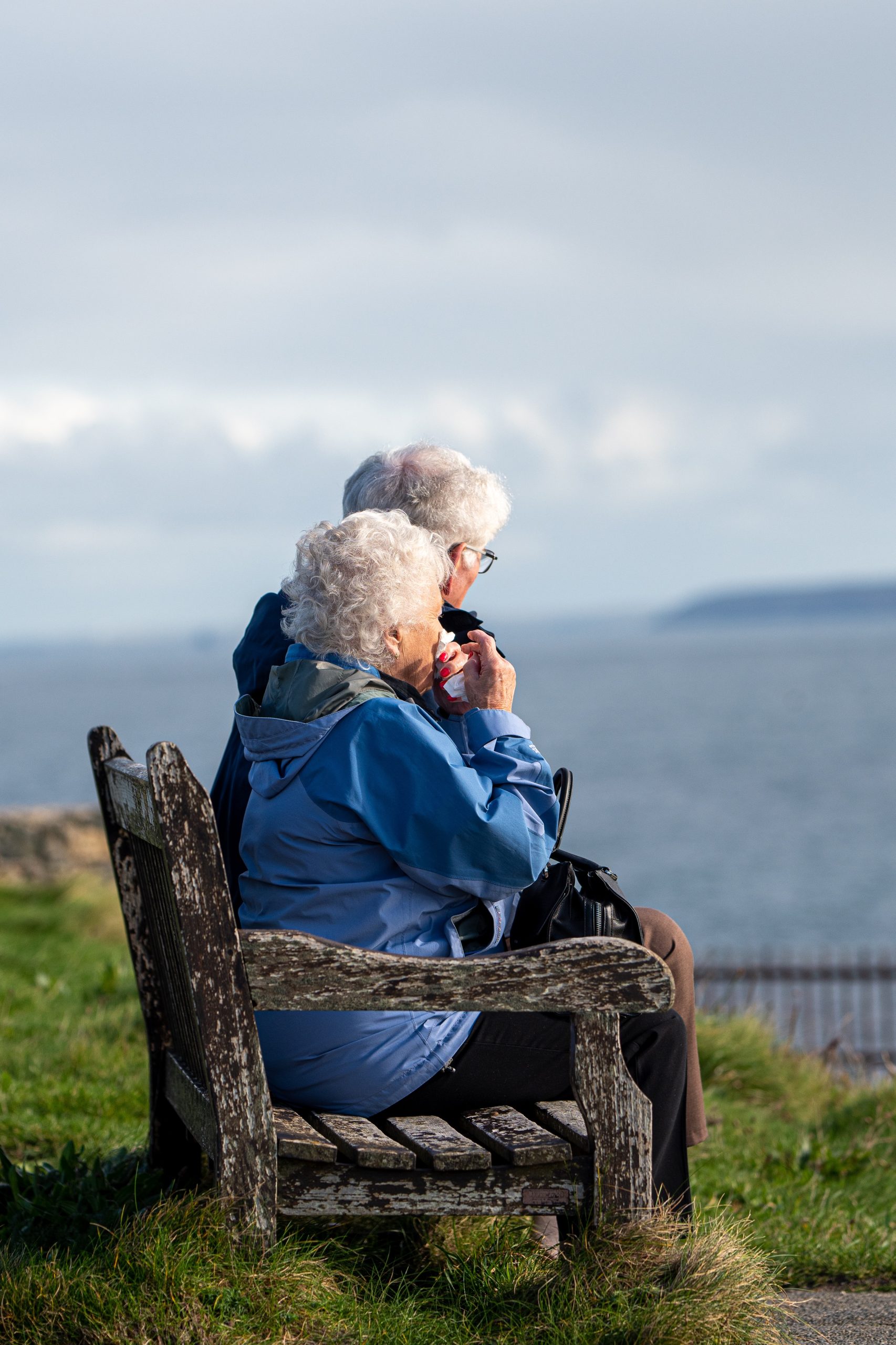As we age, the risk of falling becomes increasingly prevalent. In fact, falls are one of the leading causes of injury and hospitalization among older adults. But have you ever wondered why falls can be so severe for this population? What makes them more vulnerable to injuries than younger individuals? To better understand the science behind falls in older adults and their severity, let’s delve into some fascinating research and insights on this critical topic. From discussing changes in balance systems to exploring environmental factors that contribute to falls, we’ll cover it all!
What Causes Falls?
There are many things that can contribute to falls in older adults, but the main culprits are weakness, balance issues, and poor vision.
Weakness is caused by a combination of age-related muscle loss and arthritis. Balance problems can be due to a number of factors, including difficulty getting up from a seated or lying position quickly, impaired vision or coordination, and cognitive impairment. Poor vision can be caused by a number of conditions, such as age-related macular degeneration or diabetes. And finally, poor coordination can be due to various medical conditions and medications.
Taken together, these factors make older adults more susceptible to falls. However, there are ways to reduce the risk of falls in older adults. For example, it’s important for them to stay as mobile as possible by practicing good balance and keeping their muscles strong. They also need accurate information about their surroundings so they can avoid hazards on the way home from work or during other activities. And lastly, caregivers should monitor their loved ones’ health closely so they know if there is any change in their ability to walk or move around safely.
How Can Falls Be Prevented in Older Adults?
There are a few simple things that everyone can do to help prevent falls in older adults. Make sure there is enough light and good vision in the home. Repair or replace any broken steps or railings. Install grab bars in the shower and tub, and put nonskid mats on the floor. And if someone is at risk for falling, get them evaluated by a doctor or therapist.
These simple tips can go a long way in helping to keep our older population safe from falls.
The Effects of Falls on Older Adults
For older adults, falls are a leading cause of injury and death.According to the Centers for Disease Control and Prevention (CDC), falls are the number one cause of injury deaths in those age 65 and older. In fact, falls are responsible for more than half of all accidental injury deaths in those age 65 and older.
There are several factors that can increase your risk of falling, including:
-Age: As we age, our balance and proprioception (ability to sense where our body is in space) may decline.
-Injuries: Falls can also be caused by underlying injuries, such as fractures or joint pain.
-Medical conditions: Older adults may also have medical conditions that make them more prone to falls, such as dementia ornavicular disease.
Fortunately, there are many ways to prevent falls. Here are some tips:
-Use a hand rail when possible: A hand rail can help you stay stable when you’re getting out of a chair or standing up from a seated position. If there’s no hand rail available, try to keep your center of gravity low by keeping your spine straight and leaning against a sturdy object instead of trying to get up on your own power.
-Stay alert: When you’re walking around your home or office, be aware of hazards – like uneven stairs – that could lead to a fall. Watch out for objects that could trip you up – like toys on the floor or
How to Respond to a Fall in an Older Adult
There are a few things you can do if an older adult falls.
First and foremost, if the fall is relatively minor, wait for the older adult to get up on their own. If they can’t or don’t seem to be able to get up on their own, try helping them into a sitting or standing position and give them simple instructions on how to move about safely. If the fall is more severe, call for help right away.
If the older adult seems conscious and alert, ask them if they are hurt and how bad it is. Then, check for any obvious injuries like broken bones or severe cuts. If there’s no injury apparent, encourage the older adult to drink plenty of fluids (even if they don’t seem thirsty) and take some basic pain relief medications like ibuprofen as needed. Finally, make sure they have someone available to call for help in case of further complications like seizures or coma.
Conclusion
Falls are a serious problem for older adults, and there is a lot we still don’t know about them. However, the good news is that falls can be prevented with simple steps like looking out for danger signs and being aware of your surroundings. By learning more about the science behind falls and older adults, we can make sure that everyone in this population has access to timely care and assistance when they need it most.










